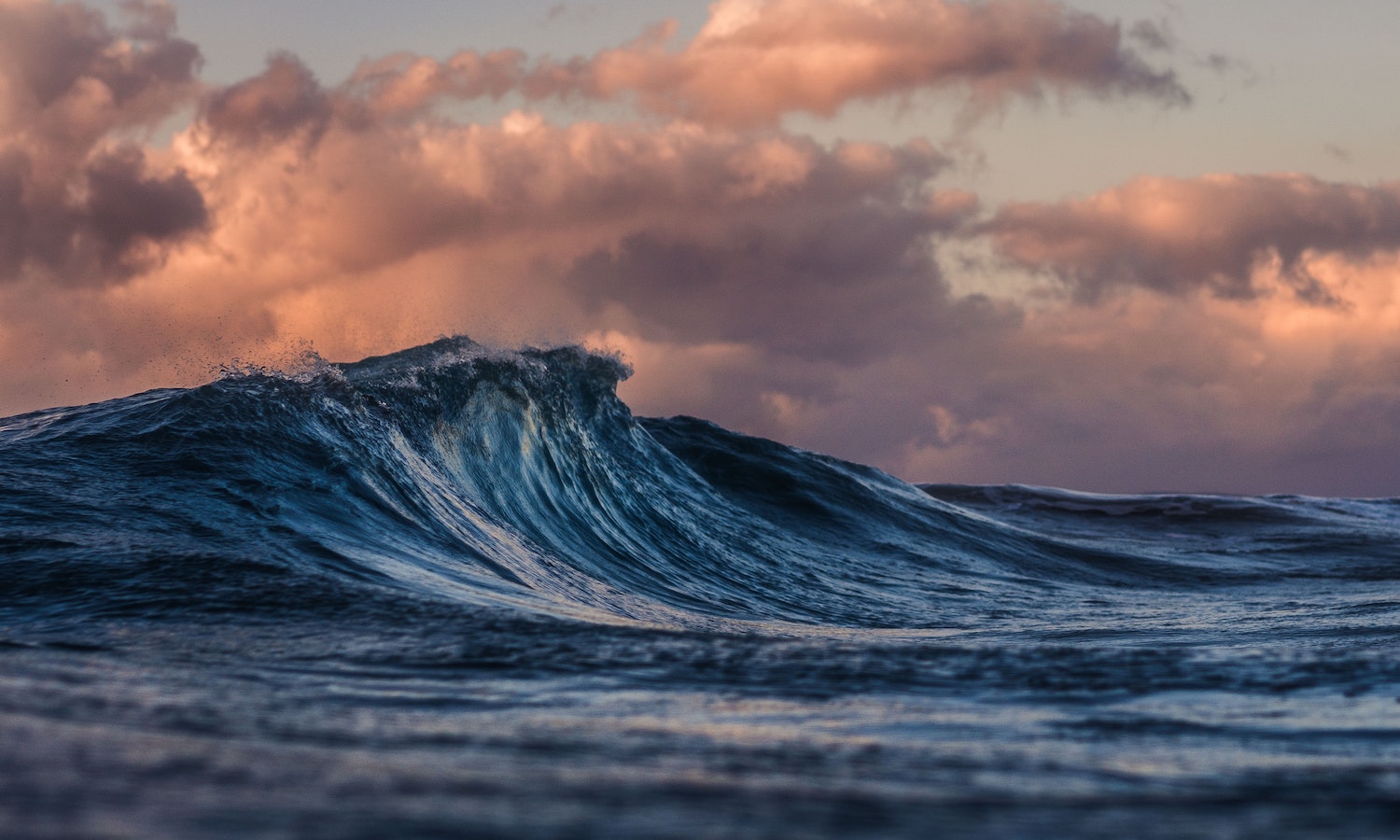UN countries reached an agreement today to establish a treaty that protects the high seas, an instrument negotiated for years and which experts and environmental organizations say is vital to saving the oceans.
The consensus came after a marathon of negotiations that began on February 20 and was due to end on Friday, but which continued throughout the night and Saturday, with more than 35 hours of continuous discussions, to iron out the last differences.
Among other things, the text lays the foundations for the creation of marine protected areas, which should facilitate the fulfillment of the international promise to safeguard at least 30% of the oceans by 2030.
“The ship has reached the coast,” announced the president of the negotiations, an exhausted Rena Lee, to confirm that there was finally a consensus on the document, a news greeted with a standing ovation by the delegations gathered at the headquarters of the Nations. united.
The formal adoption of the treaty, however, will have to wait a little longer, until a group of technicians guarantees the uniformity of the terms used therein and until it is translated into the six official languages of the United Nations, according to what the countries agreed today.
Some, including Russia, however, left the door open to reopen some issue because they had not been able to review some points in detail due to the harsh conditions of the final hours of the negotiation and the fact that some of their experts had already left New York.
A HISTORICAL AGREEMENT
“It’s a historic day for conservation and a sign that in a divided world, the protection of nature and people can trump geopolitics,” said Laura Meller, of environmental group Greenpeace, in an initial reaction. .
Pollution, climate change and new technologies that open the door to deep-sea mining and more intensive fishing are, experts say, the main threats to the high seas, which accounts for two-thirds of the total oceans.
Despite their enormous importance for the planet, until now these waters located more than 200 nautical miles from the coast and shared by all countries have been managed under a series of agreements and international organizations without clear jurisdiction, without much coordination and with inadequate standards for their protection.
The new treaty will be established under the existing United Nations Convention on the Law of the Sea and aims to “ensure the conservation and sustainable use of marine biological diversity in areas beyond national jurisdiction “.
COMPLICATED NEGOTIATIONS
Among the issues that could only be resolved at the last minute was the North-South divide over how to share the benefits of the sea, especially anything related to marine genetic resources – the species that could provide patentable genes in the future, for example for use in medicine.
On this question, the interests of certain rich countries, which are most able to take advantage of these advances, and those of the developing world, which fears being excluded, have opposed each other.
Environmental organisations, very present throughout the process, have pressured governments to conclude a strong and ambitious treaty, which they see as a unique opportunity to protect the oceans.
“Governments and civil society must now ensure that the agreement is adopted and enters into force quickly and that it is effectively implemented to safeguard biodiversity in the high seas,” said Liz Karan, director of the campaign. oceans in the United States, in a press release. .the Pew Charitable Trusts.

